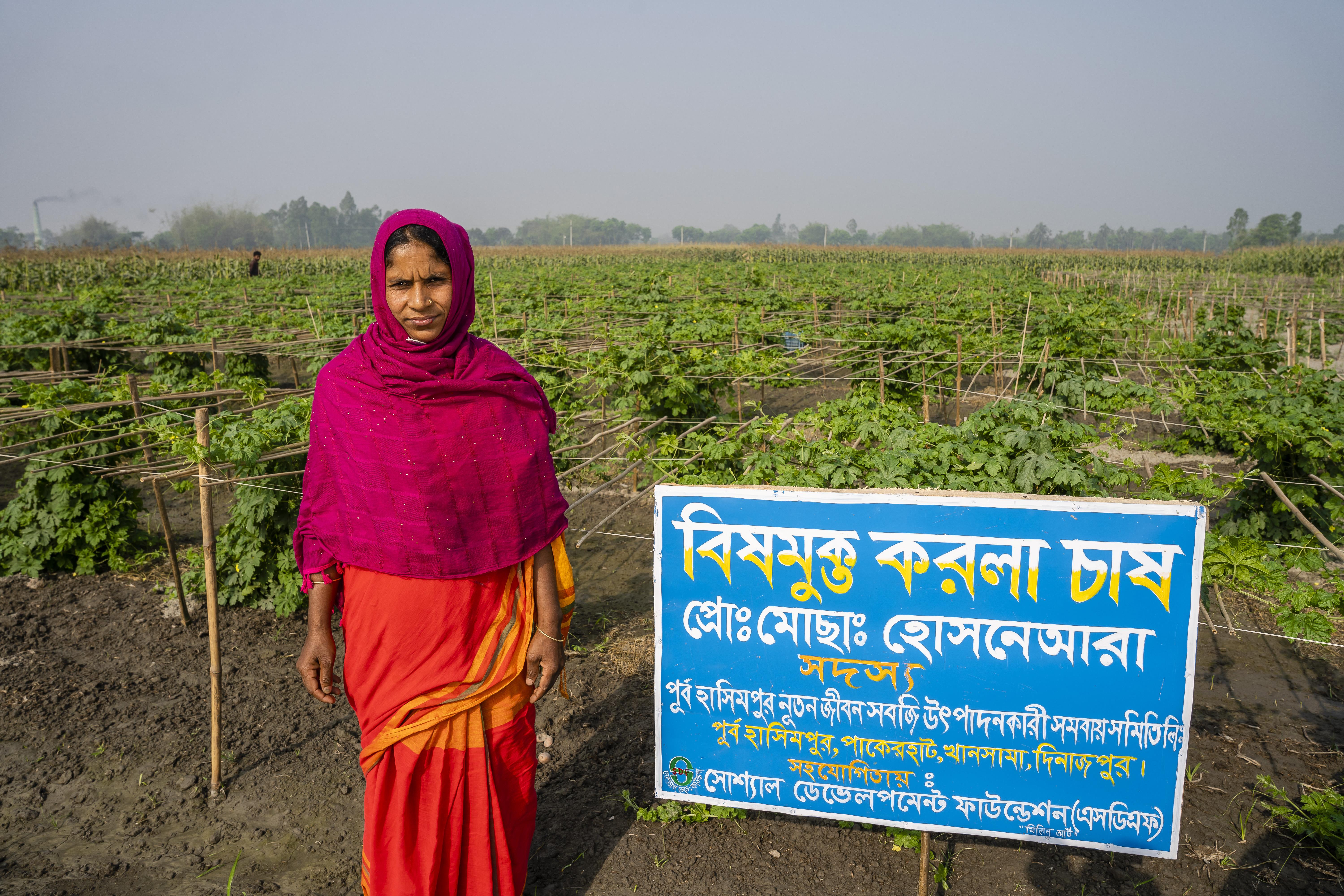Project Overview
Duration: 5 years
Budget: 115.00 million USD
Period: August 2012 to June 2016
Funding: The World Bank and the Government of Bangladesh (GoB)
Client & Country of Assignment: Financial Institutions Division, Ministry of Finance, Bangladesh.
Role on Assignment: Lead Implementer on behalf of the Financial Institutions Division, Ministry of Finance, Bangladesh.

The Social Investment Program Project (SIPP-II), implemented by the Social Development Foundation (SDF) under the Financial Institutions Division of the Ministry of Finance, was a transformative five-year initiative focused on reducing poverty and improving social development in some of the most vulnerable rural areas of Bangladesh. The project ran from August 2012 to June 2016, with a total budget of USD 115 million funded by the World Bank and the Government of Bangladesh.
SIPP-II targeted 1,800 villages across 9 districts, employing a community-driven development approach to empower communities. The project aimed to strengthen village institutions, enhance income-generating opportunities, and improve access to essential infrastructure and social services, contributing to the long-term well-being of rural households. It emphasized financial support and capacity-building initiatives, encouraging inclusive participation at the community level, with a specific focus on empowering marginalized and vulnerable groups, particularly women.
